Livingstonia is a village located in the north of Malawi and which was one of the most important settlements in the history of the country, where lived the Scottish Anglican missionaries who sought refuge in the late 19th century from the malaria they suffered in the waters of Lake Malawi.
Located at a height of 1,350 meters above sea level, from there you can enjoy fantastic aerial views of Lake Malawi; and a plateau with many hiking activities to do, such as the route to the highest waterfalls in Malawi or the excursion to the Chombe Plateau. If you’re driving your own vehicle, you’ll also find one of Malawi’s most spectacular driving routes, the Gondori Road, a 22-bend road that runs from the foot of Lake Malawi to the top of Livingstonia with an elevation gain of around 600 meters.
Today, it still preserves certain buildings from the colonial era where you can experience the past of the missionary history of the Scots who named Livingstonia in honor of the Scottish explorer David Livingstone who died years before they arrived.
Despite being in the north of the country and far from the capital (about 430 kilometers), a visit to Livingstonia is a good opportunity that you cannot miss if you want to get into nature, see the outline of one of the largest lakes in Africa from the heights, disconnect and relax in one of their accommodations and interact with the local people of this quiet town.
How to get there?
Livingstonia is located in the northern part of the country, about 130 kilometers from the border with Tanzania and in a wonderful environment. Located in the mountains, you mainly have two options to get there:
First, you can reach Livingstonia by driving one of the most beautiful scenic roads in the country: the S103, also known as the Gorodi Road. This road leaves from the side of the lake, in the town of Chitimba, and climbs an altitude of 600 meters on a secondary road of 22 bends of stones and unpaved road until you reach the top of Livingstonia. It is one of the country’s historic and legendary routes, although it is recommended to go there with a 4×4 vehicle or an off-road motorcycle.
To get to Chitimba (where this route starts) from the south, you have to follow the M1 out of Mzuzu, on an asphalt road in relatively good condition. From Mzuzu to Chitimba there are about 130 kilometers that you can cover in approximately two hours, and where you will descend through a mountain pass that is also very beautiful just before reaching Chiweta, which is already at the same height as the lake waters Malawi. If you are coming from the border with Tanzania (Songwe), you have to follow the main road that runs along the side of the lake for about 130 kilometers until you reach the town of Chitimba, where you have to turn off to start driving along the iconic Gondori Road.
The second way to get to Livingstonia is by a new, asphalted road in very good condition that gradually rises until you reach the 1,300 meters of altitude where the city is approximately located. This option is ideal for those who do not travel in 4×4 vehicles. This route borders the Nyika NP to the west and is one of the fastest options to reach Livingstonia.
You will find this road right at the town of Chisokowo, about 78 kilometers north of Mzuzu on the M1, where if you are coming from the south you will have to turn left and go over the South Rukuru River Bridge, and drive for about 50 kilometers until you reach the town of Livingstonia on the T305 and where you will pass through different towns such as Chiwerewere or Haniniya. A very beautiful route to do as well.
What to do in Livingstonia?
The area of Livingstonia, in the north of the country, is located on a plateau next to the lake from where you can enjoy many activities, among which we highlight:
Go hiking to the Manchewe Falls
Manchewe Falls are considered the highest falls in Malawi. These are two waterfalls that descend directly from the mountains along a cliff, reaching a height of 125 meters. They are not waterfalls with a lot of flow, but they are very beautiful to visit because of the beauty of their surroundings, since they are located in the middle of the forested area of Livingstonia and overlooking Lake Malawi.
Historically, these waterfalls also served as a refuge for the local population, as they hid inside the caves of the cliff to escape the traffic of the slave trade. Nowadays, you can find above the falls and next to the town, a small hydroelectric power plant that gives energy to the towns in the area thanks to the force of the water.
To get there, you will have to pay a small entrance fee of 500MK, that is, about 0.40€. The access point is located on the S103 road, on the outskirts of Livingstonia, just between the village and the Mushroom Farm accommodation.
There, you will find mainly two main places to enjoy the two waterfalls. You will have the first by following, once you have passed the wooden access point, the path on the right that will take you to a small house (which also serves as a bar) where you can enjoy a panoramic view of the highest waterfalls of the country. It is located a few minutes from the access door.
The second place is located about 30-45 minutes from the access door. If you want, you can go with a guide or you can go alone. To get there, just after the access door, instead of following the path on the right that would take you to the bar-house, you must go to the path on the left where you will cross the river, you will pass by the power station and just after that you will find a wide dirt road (which is the one coming from the main road S103). You will walk a few hundred meters along this path, crossing a wooden bridge, until on your right you will find a small path that will take you in the direction of the river. You will have to cross another river (which is what forms the waterfall) through the stones until you reach a path that will go down the cliff away from the waterfall, until at one point, this path splits into two : one that goes even further away from the waterfall, and another that goes back towards it and that’s what you have to take.
Each time, you will hear the sound of the water more intensely until you arrive right inside one of the highest waterfalls in Malawi, from where you can have a privileged view of the lake in a very beautiful surrounding.
Manchewe Falls is one of the most beautiful hiking trails to do if you spend a few days in Livingstonia. Not only because they are the highest waterfalls in Malawi, but because they are located in a very beautiful environment consisting of its forest area and the small settlements of houses of the local people in the area.
Discover the mission of Livingstonia, with its church and hospital
The current village of Livingstonia was one of the most important settlements for the Scottish Anglican missionaries who settled in Malawi. It was founded in 1894, after they sought to settle in the mountains in order to escape the malaria situation they found on the banks of the waters of the Malawi River. Since Livingstonia was located at an altitude of 1,350 meters above sea level, there the presence of the malaria mosquito was null and in this way, they were able to begin the settlement of one of the most important missions from Malawi.
Anglican missionaries first settled in what is now Malawi in 1875, when they settled at Cape Maclear (if you want to know more about our experience in this area of the lake, you can click here). This town was formerly known as Livingstonia in honor of the explorer and missionary David Livingstone, who had died two years earlier, which had led to the resurgence of British missions in East Africa. In 1881, the missionaries moved further north due to malaria in the area, until in 1894 they reached the Livingstonia Plateau.
There, the missionaries established one of the most important cities in the country, with one of the best schools in the region. One of the most famous missionaries was Robert Laws, a missionary who was in Livingstonia for 52 years, and whose aim was to found a university in the city. Today, you can visit the house where this Scotsman lived known as The Stone House. Finally, seventy years after the death of this missionary, the University of Livingstonia was founded in 2003.
If you take a tour around this quiet town in Malawi of about 7,000 inhabitants, you can visit its Anglican church, as well as the hospital that was opened in 1911 and is still working, and the traditional houses with red bricks characteristic of the missionary era of the Scottish Anglicans in East Africa.
Drive along the scenic road from Chitimba to Livingstonia
As we have mentioned, Livingstonia is located on a plateau of about 1,350 meters of altitude. To get there, there is a very beautiful road that we recommend driving, which leaves from the side of the lake waters, in the town of Chitimba (about 472 meters above sea level), and climbs onto a road of about 12 kilometers of winding curves that is gaining more and more height. It is known as Gorodi Road.
This road, known at first as Longmuir Road in honor of the Lady of Aberdeen who was the main patron of this construction, was completed in 1905. Using only hand tools and a little of dynamite to go through the cliff, this road has up to 22 bends that cover the approximately 600 meters of altitude between Chitimba and Livingstonia.
This road is paved in certain curves and slopes, but much of it is unpaved and with stones, so driving must be very careful. Better to go with a 4×4, and you can also do it with a motorcycle but with extreme caution. From time to time, you will have to use your horn to avoid another vehicle in front of you, as the road is sometimes one-lane.
The journey, however, is highly recommended because you have fantastic views of the lake, passing through a very interesting panoramic route. For those who do not have vehicles, there are also pick-ups or motorcycles that offer the journey for 4,000 MKW per journey (approximately 3.70 euros).
Visit the artisan shop known as Yewo
In Livingstonia, close to the Mushroom Farm and Manchewe Falls, you’ll find a sustainable artisanal jewelery shop staffed by many local people. There, some Americans have a very interesting jewelry creation project, and if you visit the store you can observe the whole creative process of these crafts.
Known as Yewo (pronounced Yay-Woh) which means thank you in the local language, it is a must-see if you are in the area to discover first-hand a very interesting project involving many local people from Livingstonia. In addition, you can buy some very beautiful handicrafts as a souvenir of Malawi. For more information, here you will find their website.
Relax and enjoy the views of the Mushroom Farm
The Mushroom Farm is located just before you reach Livingstonia, if you are coming from the Gorodi Road. It is an ecological and sustainable accommodation, where you can sleep in different cabins camouflaged in the forest area and located right on the cliffs of the plateau and where you can enjoy fantastic views of Lake Malawi.
There, you can eat vegetarian dishes (there is no meat on the menu), and you can relax while reading a book, meditate on one of its platforms and enjoy the scenic beauty that you will find in front of your eyes. One of the best places to be during your visit to Livingstonia, and which you can visit even if you are not staying there. From there, you can also do different activities around it. For more information, here is their website.
Visit the Chombe Plateau
As we mentioned, Livingstonia is a town located on a plateau. If you want, you can walk part of this plateau known as Chombe until you reach one of the highest points from where you can enjoy one of the best views of this area. They say that apart from the lake and the surrounding villages, you can also see Tanzania and Mozambique! Different lodges organize excursions to Chombe Plateau, with one of the most spectacular viewpoints over Lake Malawi.
Where to sleep in Livingstonia?
In Livingstonia, you will find different accommodation options, but we highlight:
– Mushroom Farm: This is the flagship accommodation for many of the travelers who come to discover Livingstonia, and we 100% recommend that you stay there. It has spectacular views towards Lake Malawi, and is made up of different cabins that we recommend you book in advance. In addition, it has a very good vegetarian restaurant and different common areas located overlooking the forest area and the lake.
This is a sustainable accommodation, therefore, you will find dry toilets and from there, you can do different activities in the area if you want. In addition, they have different projects with the local community (many of whom work at the accommodation), a garden and animal area. For more information, you can check their website here.
– Livingstonia Lodges: This accommodation is located in the center of Livingstonia, a few meters from the house of the missionary Robert Laws and the Anglican church. A good option if you want to be in the center of town, where you can enjoy cabins and double rooms for a price of 12,000 MKW (about 11 euros) with breakfast included.
Our route
DAY 1: After sleeping in the central area of Lake Malawi, at a lake front campsite (Ngala Beach Lodge) located an hour south of Nkhata Bay, we drove north to reach the furthest point in the country on our Malawi journey.
The M5 highway (which runs from Nkhotakota to Nkhata Bay) passes by the lake, through fishing villages and through very beautiful forest areas. We reached the town of Mzuzu, one of the largest in the country, until just after passing this town we found ourselves at a police checkpoint where they noticed that we had expired COMESA insurance.
After a heated argument with the police, we had to make a detour to Mzuzu to buy new insurance for the vehicle and continued our journey towards Chiweta on the M1. We passed the junction that takes you to Nyika NP, and before reaching Chiweta we went down a very beautiful mountain pass, with winding curves and panoramic views of the lake. After arriving in Chiweta, we drove along the shore of the lake until we reached Chitimba, from where we took a secondary road (the S103) of about 12 spectacular kilometers, with very steep slopes and stony terrain suitable only for offroad bikers and 4×4 vehicles, until we arrived at one of the best accommodations in Malawi: the Mushroom Farm.
After a long journey by road, with very beautiful landscapes following the line of the lake and problems with the police, we arrived at our base camp to visit the Livingstonia area. The Mushroom Farm is an ecolodge that has different cabins in the middle of the forest, from where you can see Lake Malawi from the heights. A very nice place to rest after this day on the road, and to share experiences with different travelers who were also staying there like, for example, a young Swiss couple who were cycling from Kenya to South Africa , Mark who was a motorcyclist who lived between Guatemala and Arizona and whom we had already met in Monkey Bay, or an elderly couple from Zimbabwe who were touring the eastern part of Africa with their vehicle.
We went to sleep on top of the huts, relaxed, where we heard the sounds of the birds and where we rested because the next day we had to discover this historic part of northern Malawi.
DAY 2: We woke up in a totally bucolic atmosphere. We were having breakfast on a wooden platform with a view of Lake Malawi and all the forest mass that we found at our feet, in an accommodation run by Americans but where the workers were mostly local people of the area who in this way got a salary for to their families. It was a very nice accommodation, located in an ideal environment to disconnect, relax and rest.
But we, that morning, put on our shoes to go up and visit the highest waterfalls in Malawi: the Manchewe Falls. After walking along a small path and saying hello to some of the workers who were building next to the Mushroom Farm, we reached the main road we had climbed the day before and walked to the entrance gates of the falls.
Located on the outskirts of Livingstonia, the access to these waterfalls is a wooden construction where you have to pay a modest price of around €0.40 per person going to the community. There, even, you can find a child who, as a guide, offers to accompany you to visit the waterfalls. We, however, went there alone to discover one of the most beautiful waterfalls in the country.
Just after the entrance, you can go along the path on the right until you reach a small bar that has a view of the falls from a distance, where you can observe the two waterfalls falling down the cliff. After reaching this point, we followed our route to reach the other side, right under the same water of the highest waterfall.
We crossed the upper part of one of the waterfalls, and the small stream that formed it and just after passing a small hydroelectric plant that provides energy to most of the towns in the area, we walked for about 30 minutes until we literally arrived inside the highest waterfall in Malawi, from where we could enjoy spectacular views, with the amazing sound of the water right behind our ears. We were immersed in nature, being a nothing in the midst of the immensity and force of the water.
After this hiking experience, we returned the same way but, before reaching the Mushroom Farm, we stopped at a project where local people make handmade jewelry and sell it in the shop, known as Yewo. We were able to enter the workshop, observe all the processes in which they turn the stones into bracelets, earrings and necklaces, and talk with some of their workers.
Finally, after an intense morning of hiking, we arrived back at the Mushroom Farm where we were able to shower and rest. The environment of this place is really special, and after a relaxed afternoon where we went back to the Yewo store to do some shopping and talk to other travelers staying at the accommodation, we had a nice dinner and we enjoyed very nice views of the lake from the heights of the Livingstonia Plateau.
DAY 3: Today, after two nights at the Mushroom Farm, it was time to pack the bags to continue traveling with Susanna through Malawi, a country she had set foot in 27 years ago. We would do the route in reverse to get to Nkhata Bay where, in that night, we would take a boat that would take us to Likoma Island, our next stop on the trip.
Before that, however, we drove to the historic center of Livingstonia, one of the first missionary villages founded by the Scottish Anglicans when they were escaping from the malaria mosquito. Being in an area of high altitude, there the survival of the mosquito was more complicated than next to the shore of the lake waters. We made an infusion at a local product shop next to the church that was the nerve center of the town of Livingstonia, and we also took the opportunity to pass by the hospital, another of the emblems of this historic town and missionary from Malawi.
After this stop, we drove inland (we did not take the scenic road down to Chitimba again) on a road in very good condition that passed through various rural villages that were located on a plateau that bordered the Nyika National Park, until reaching the crossing of the South Rukuru River, from where we rejoined the M1 main road, at the height of Chisokowo.
From there, we had about a 2-hour route south to reach Nkhata Bay, where we would leave the car in order to sail that night to Likoma Island, our next destination.

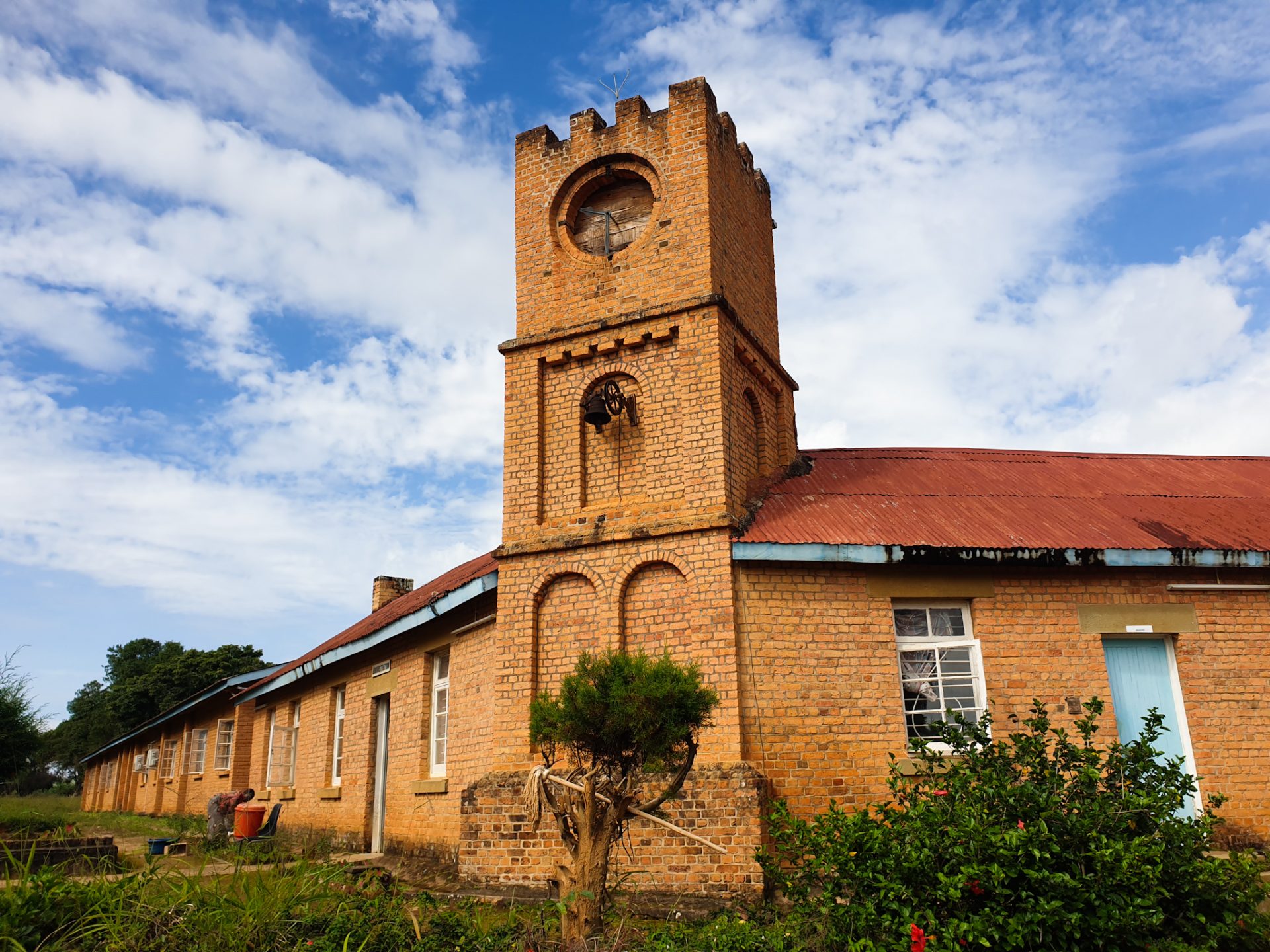




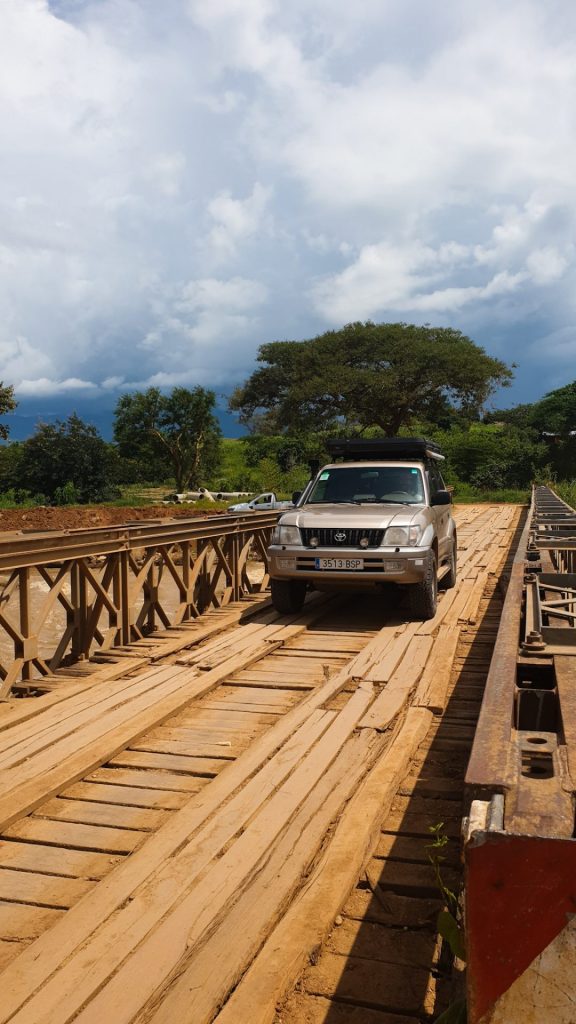
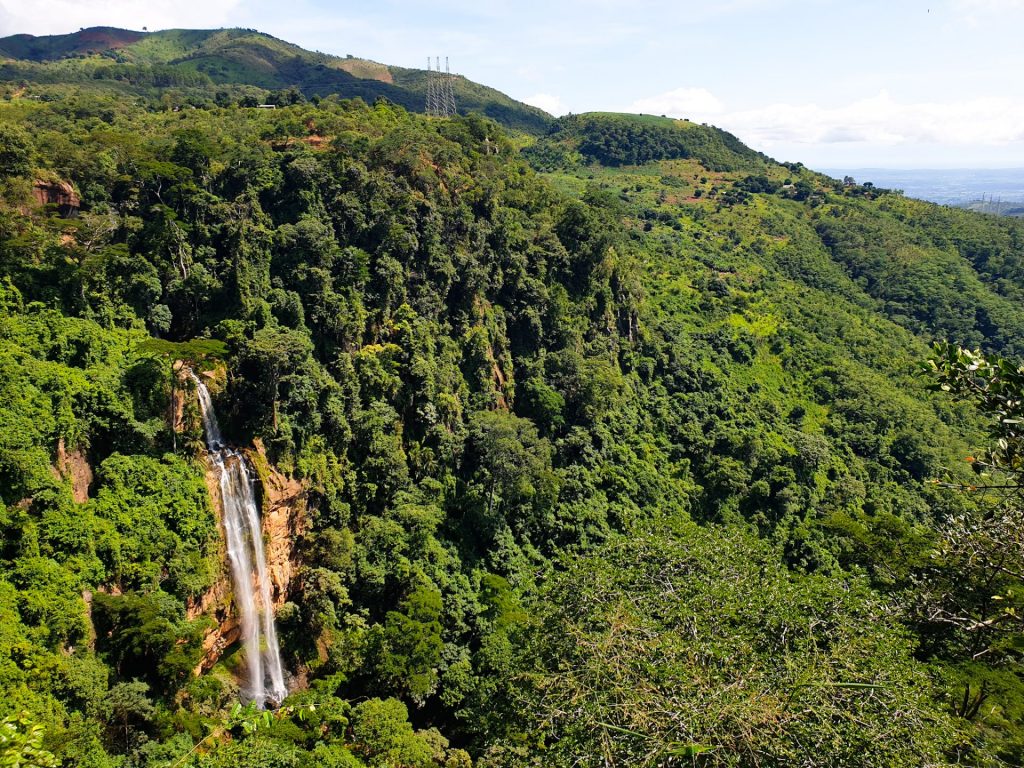

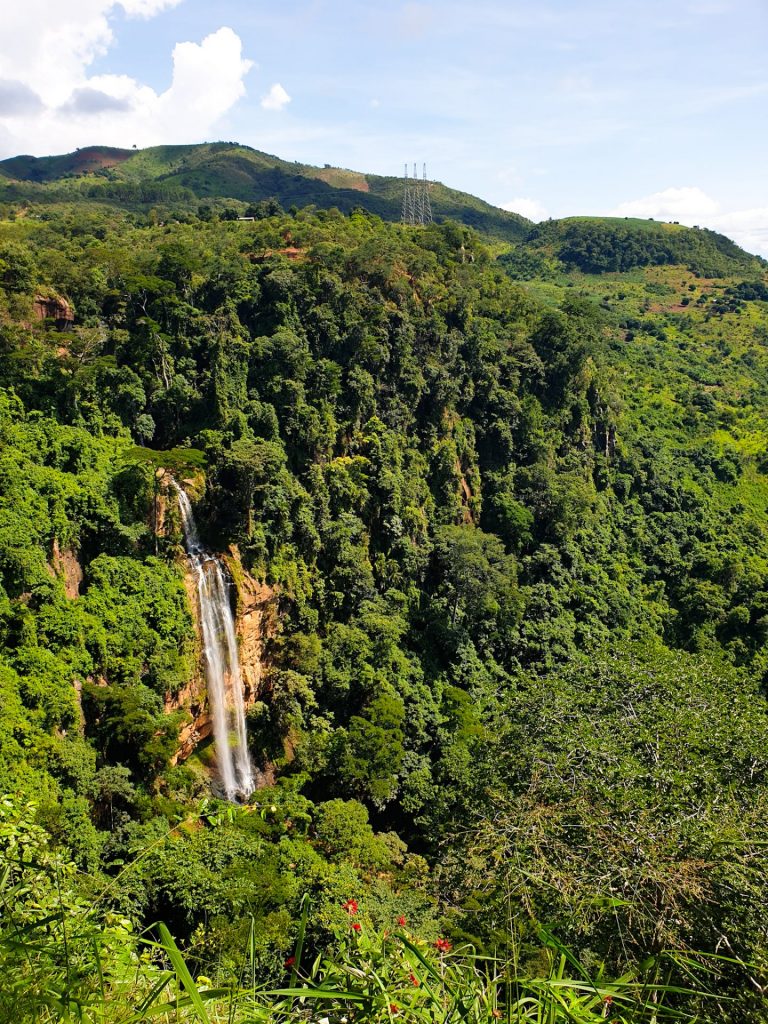

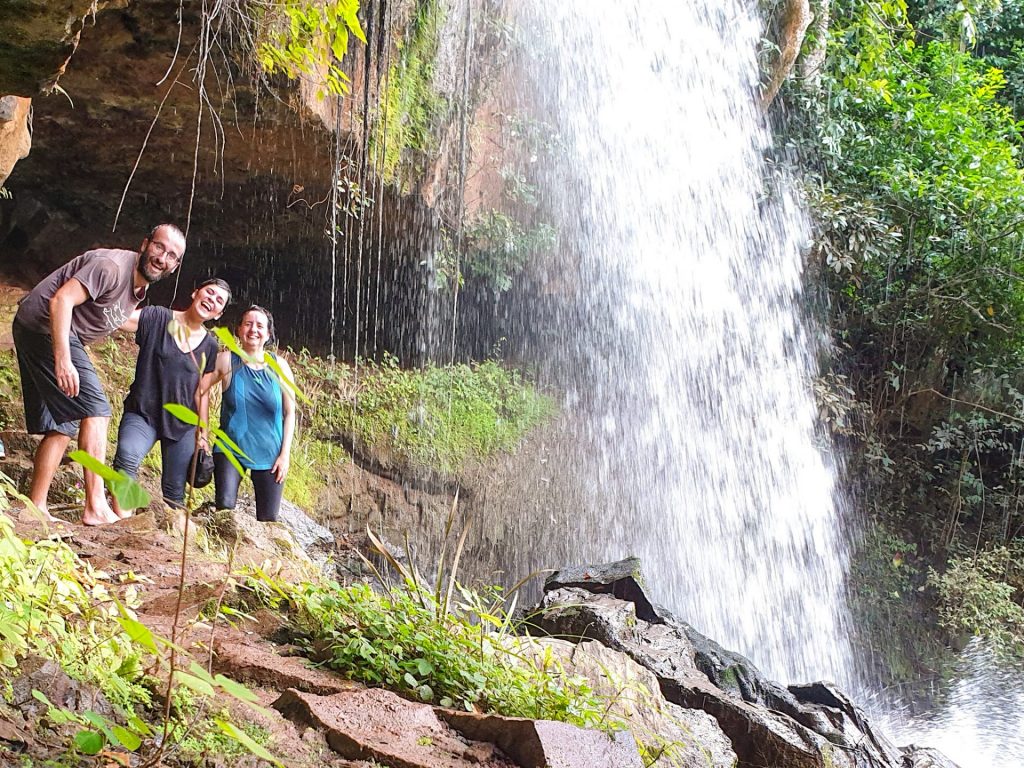
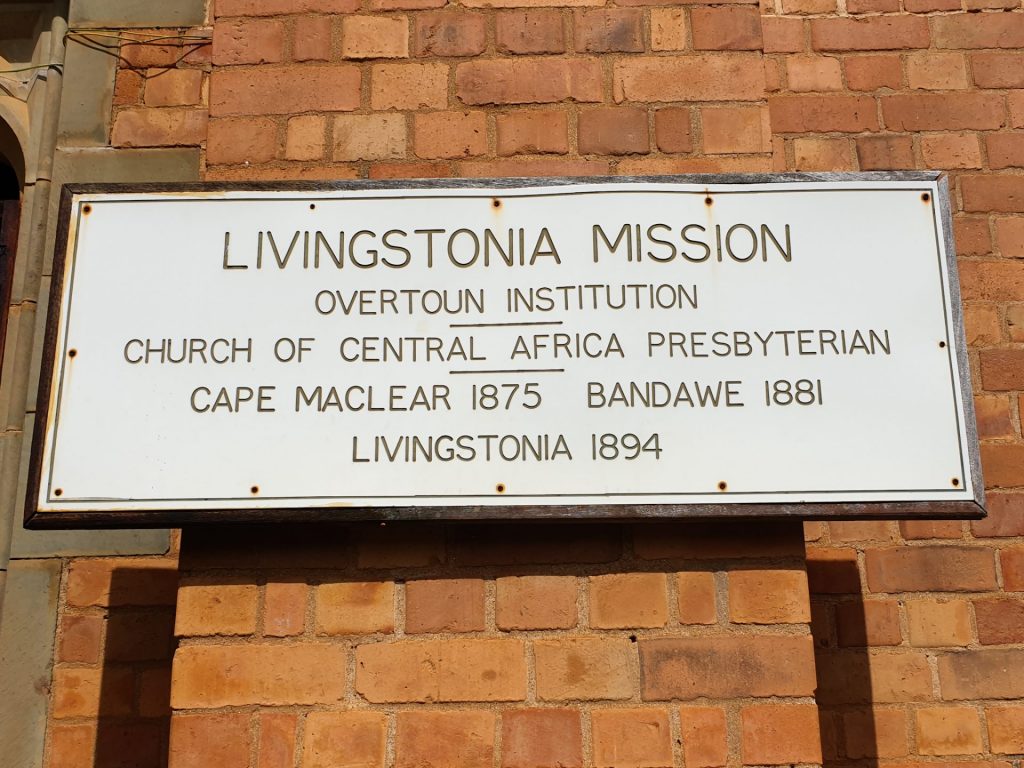
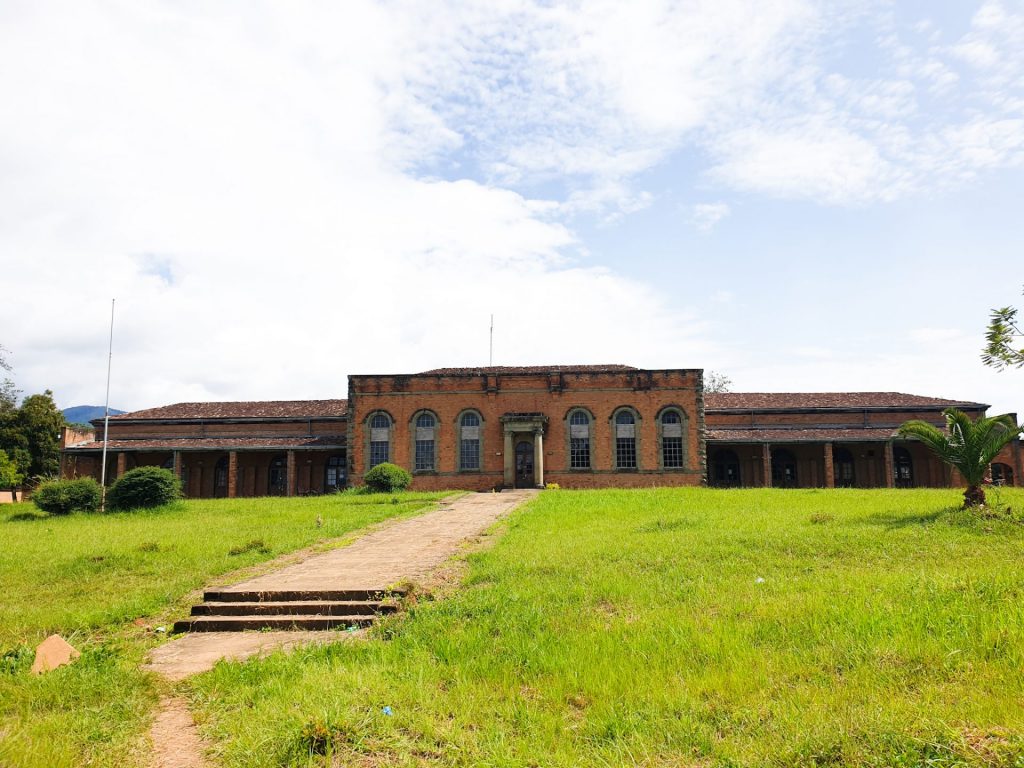

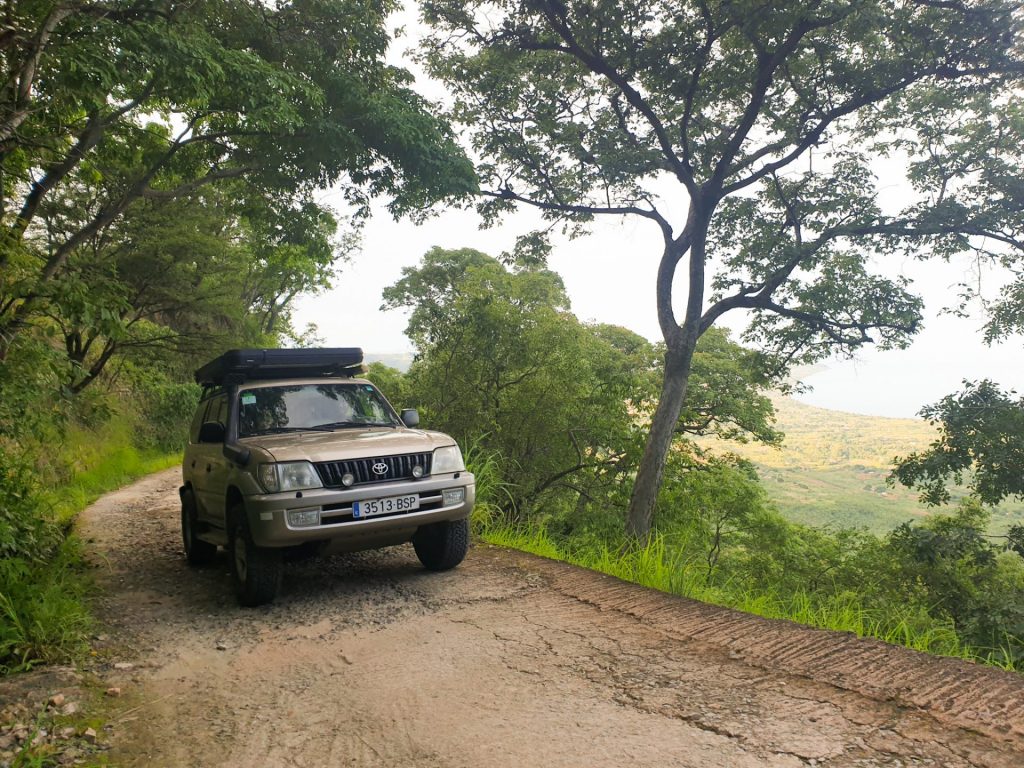
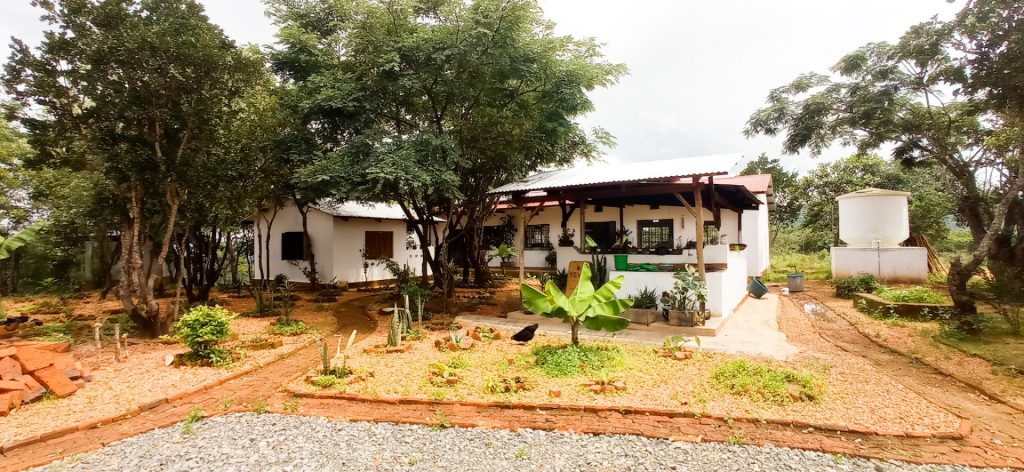


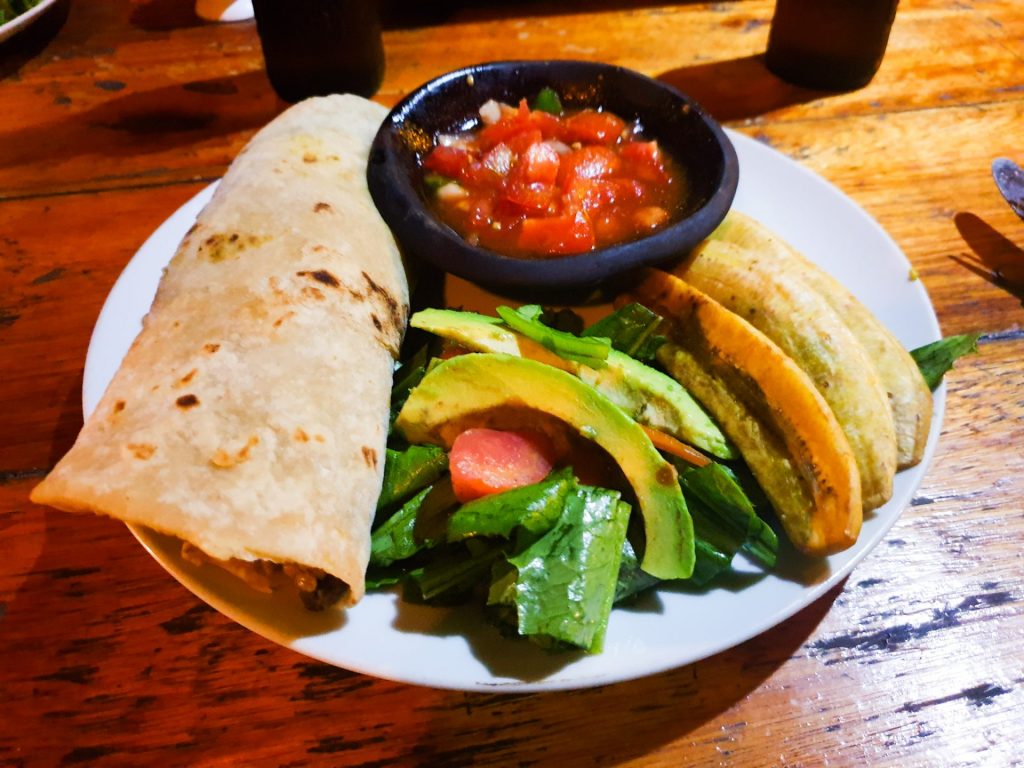
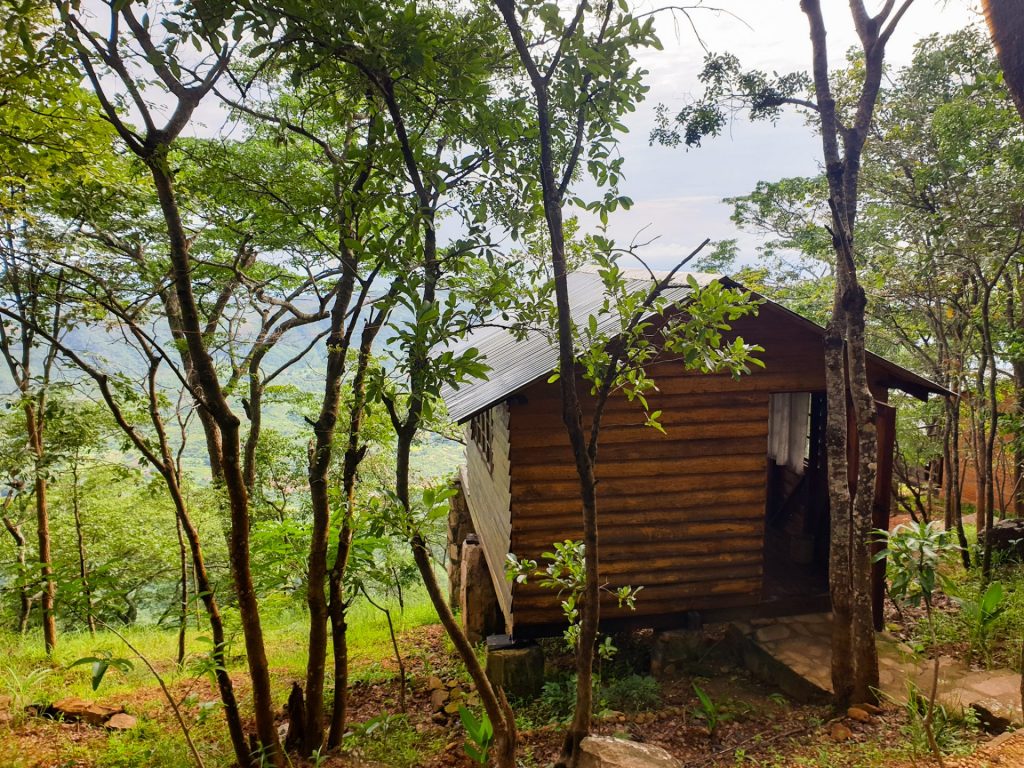
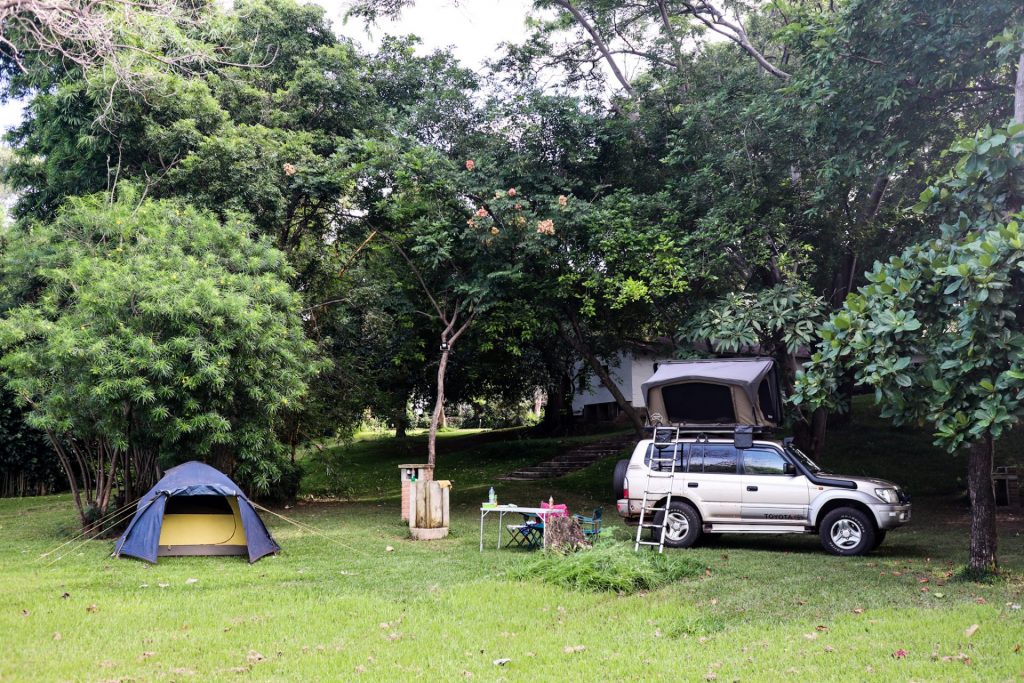




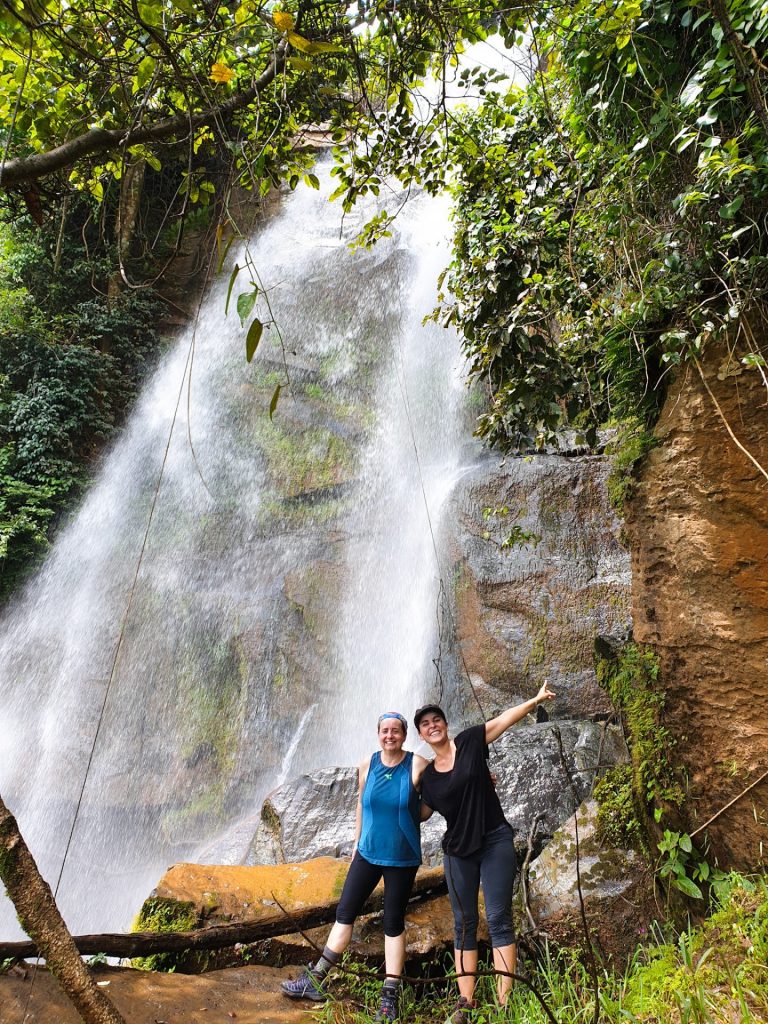


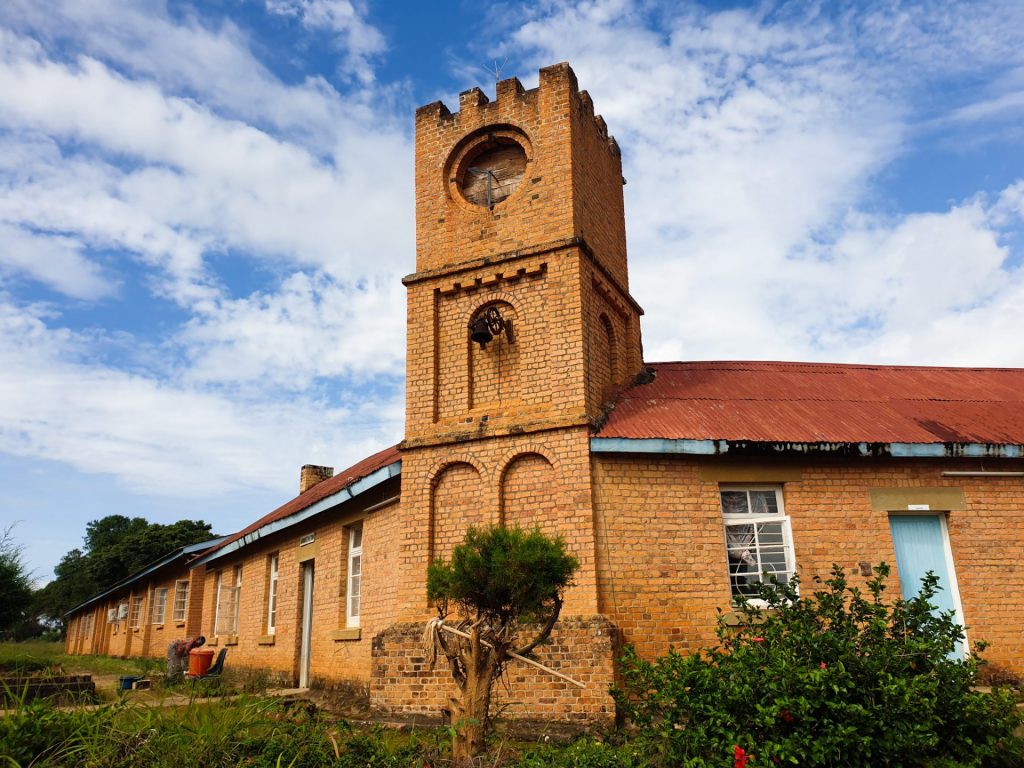
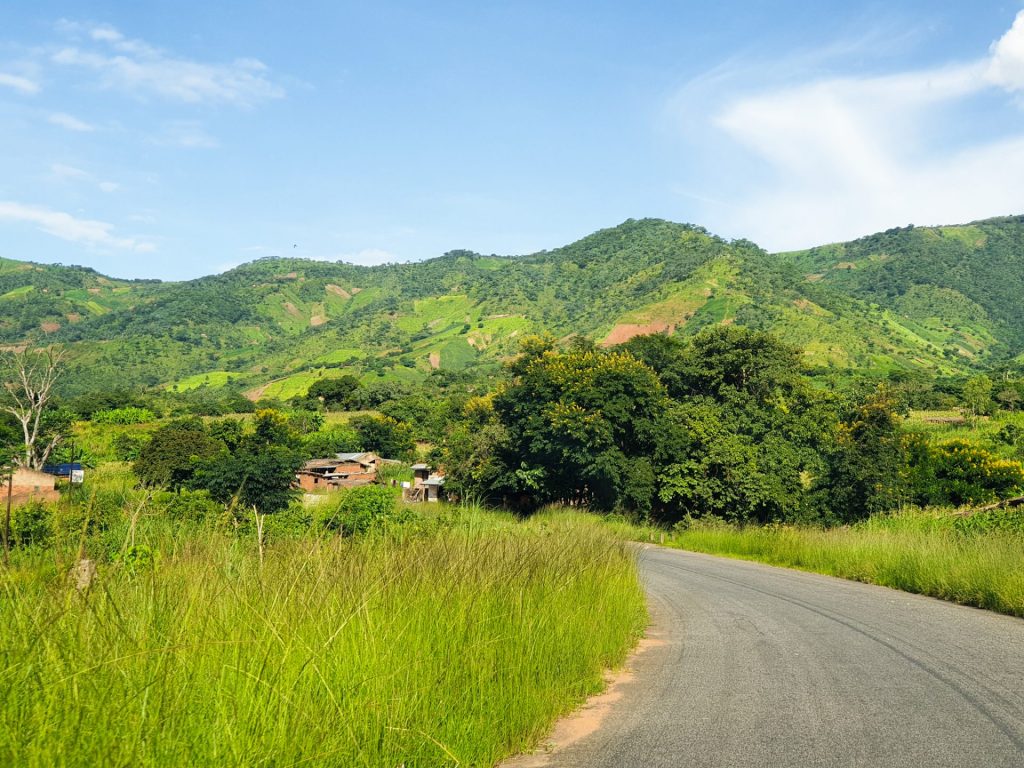




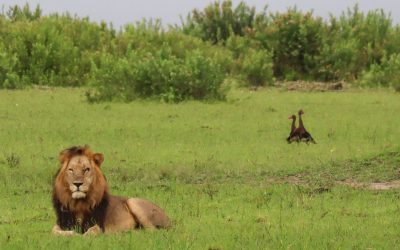
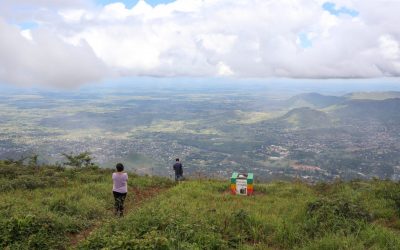
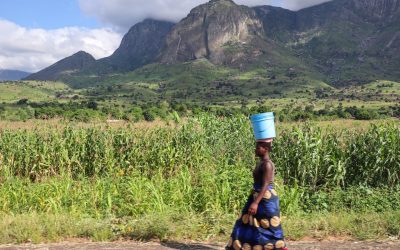
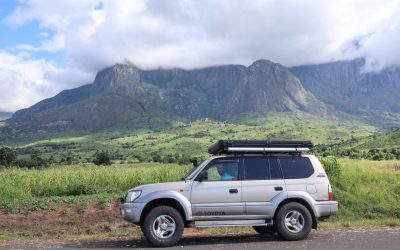
0 Comments